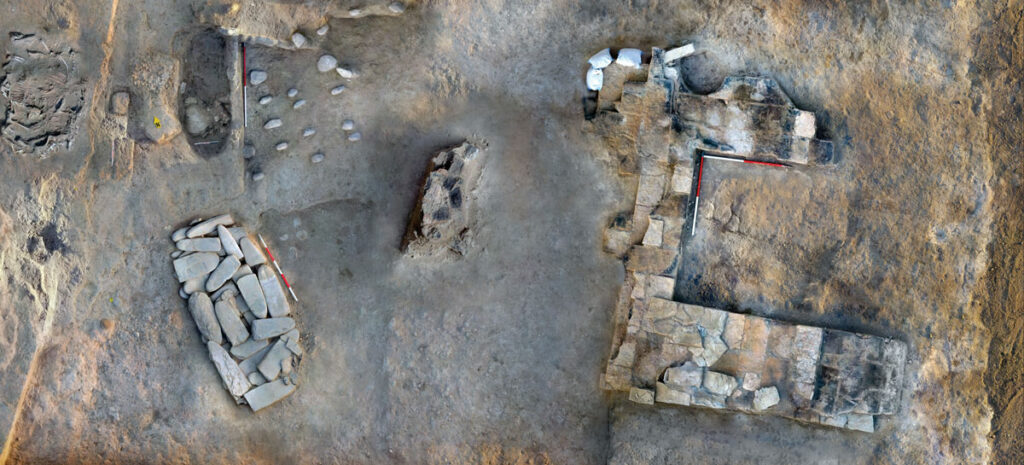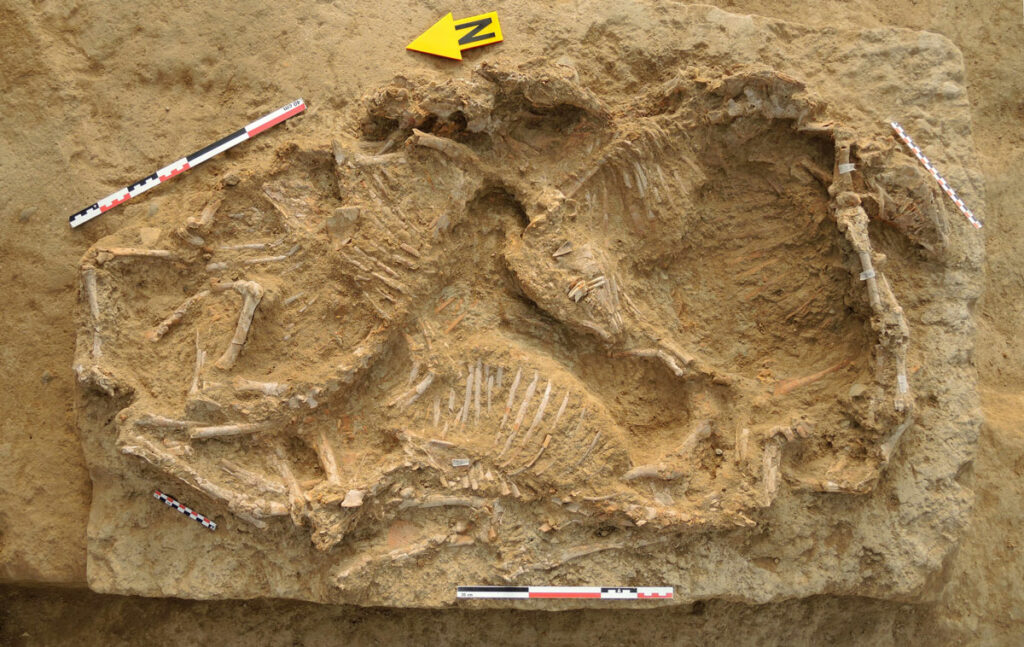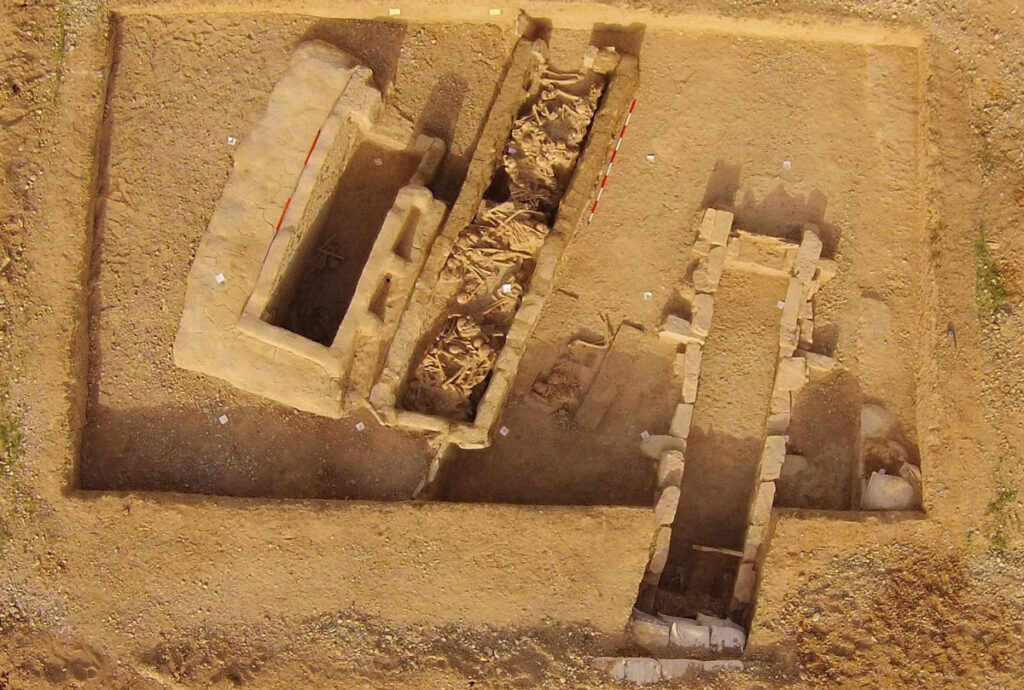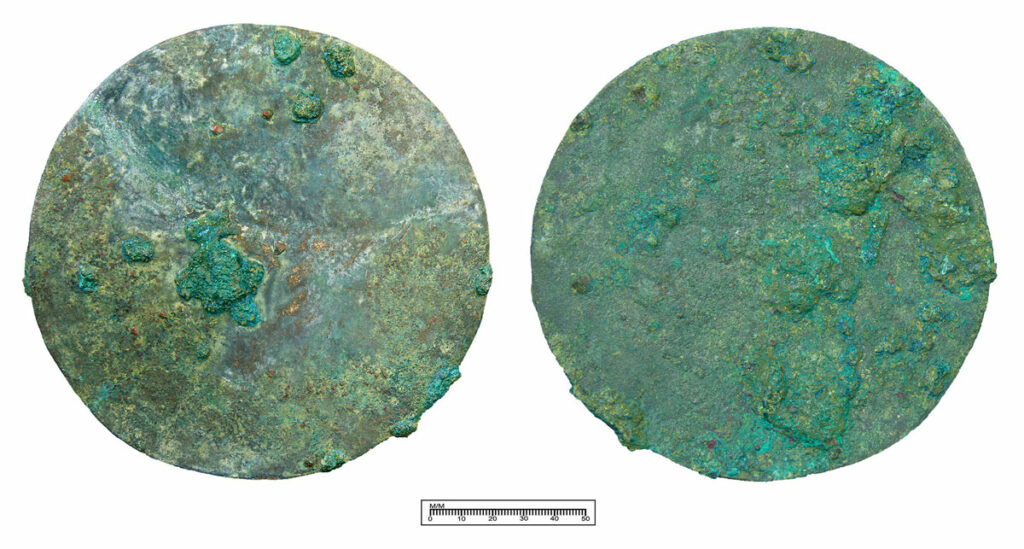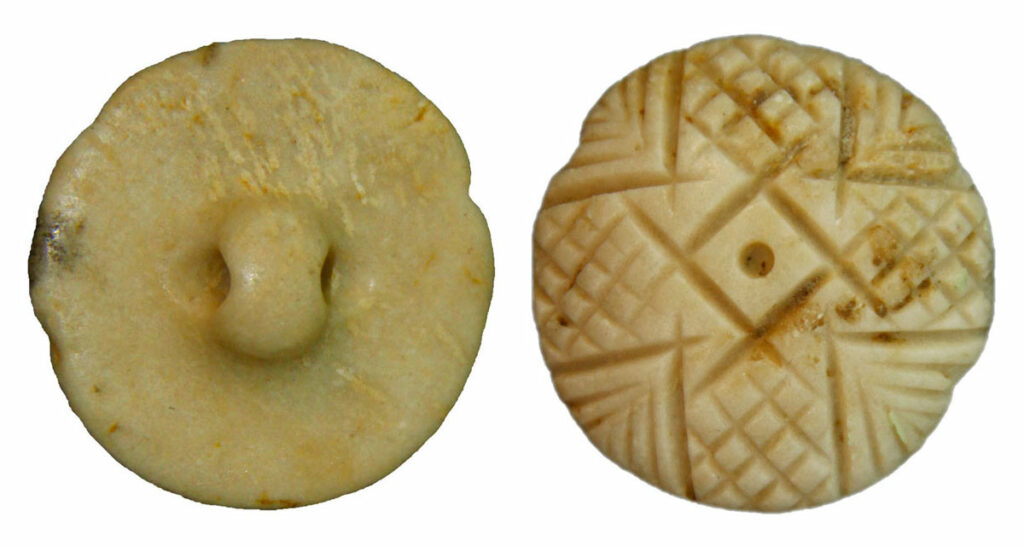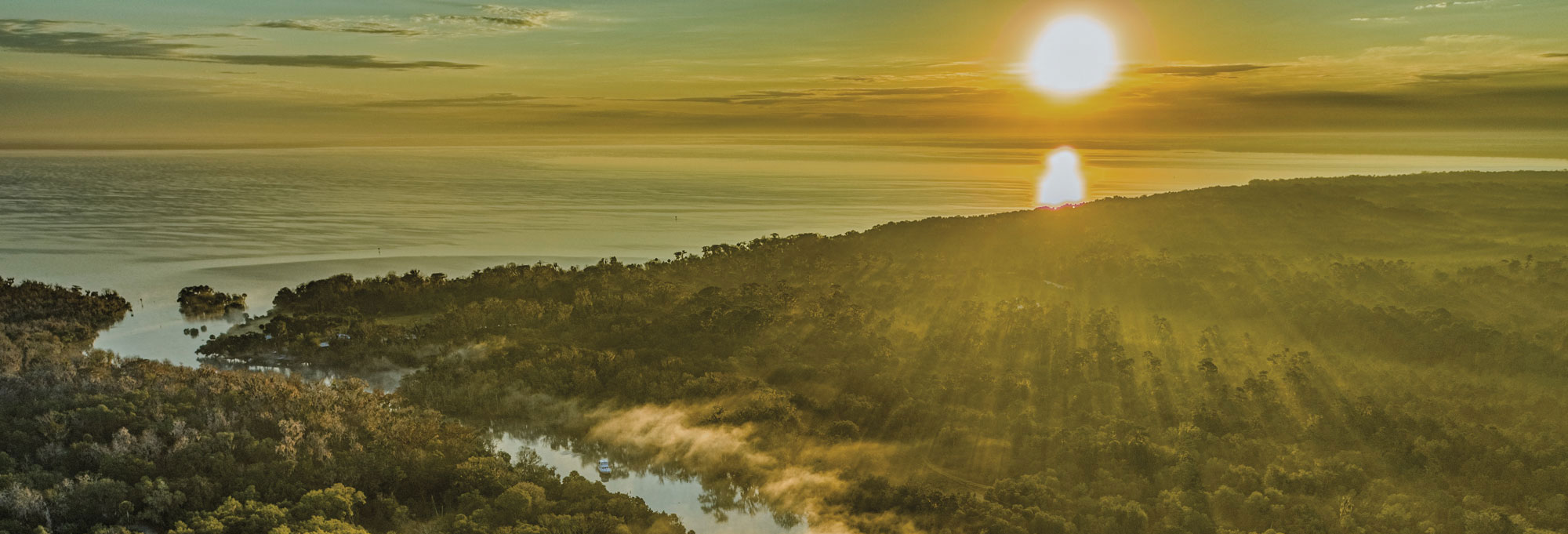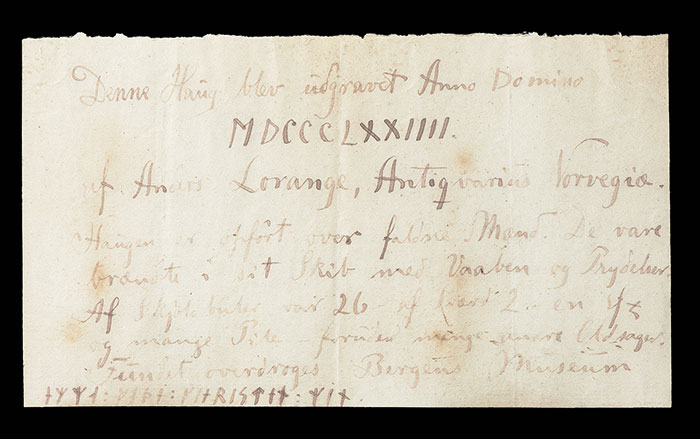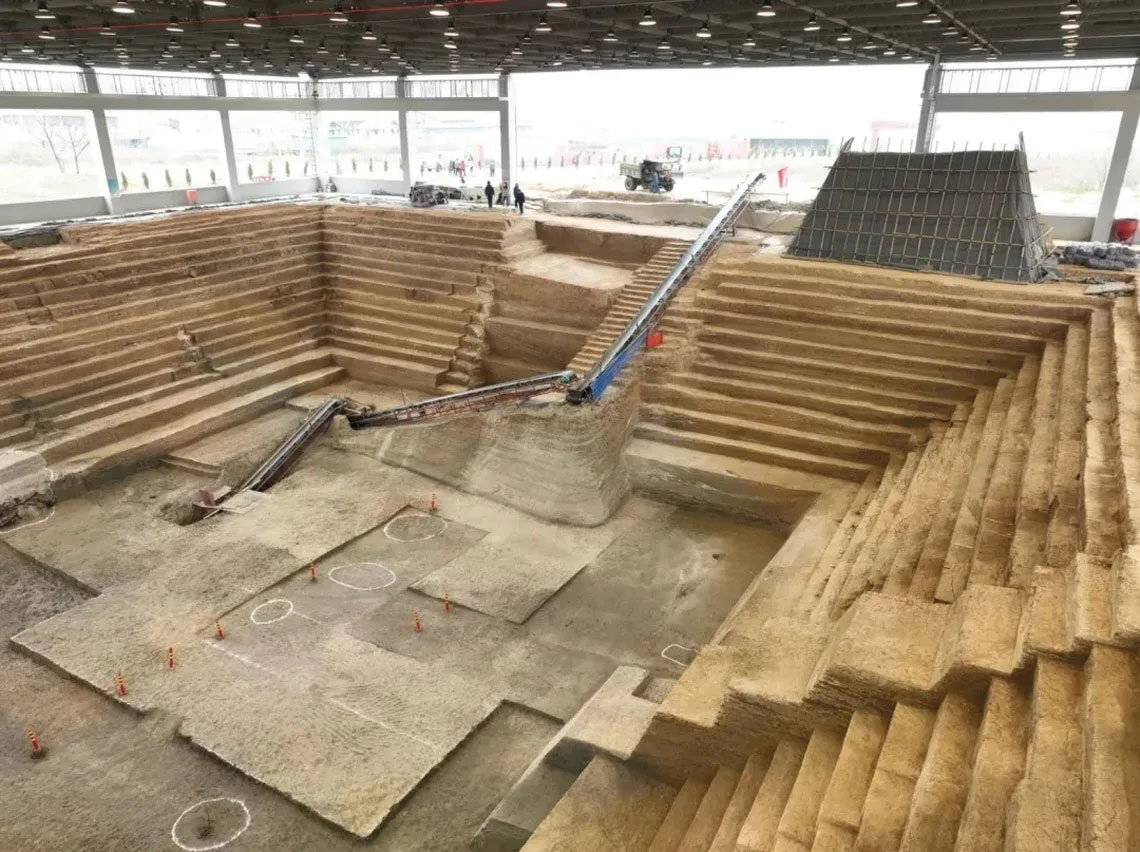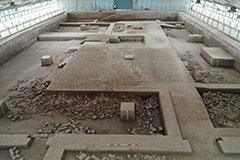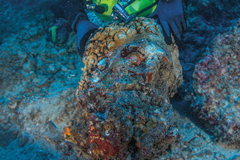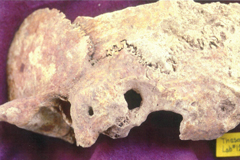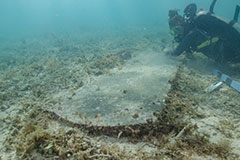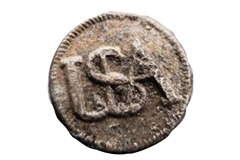Features From the Issue
-
Features
An Egyptian Temple Reborn
By removing centuries of soot, researchers have uncovered the stunning decoration of a sanctuary dedicated to the heavens
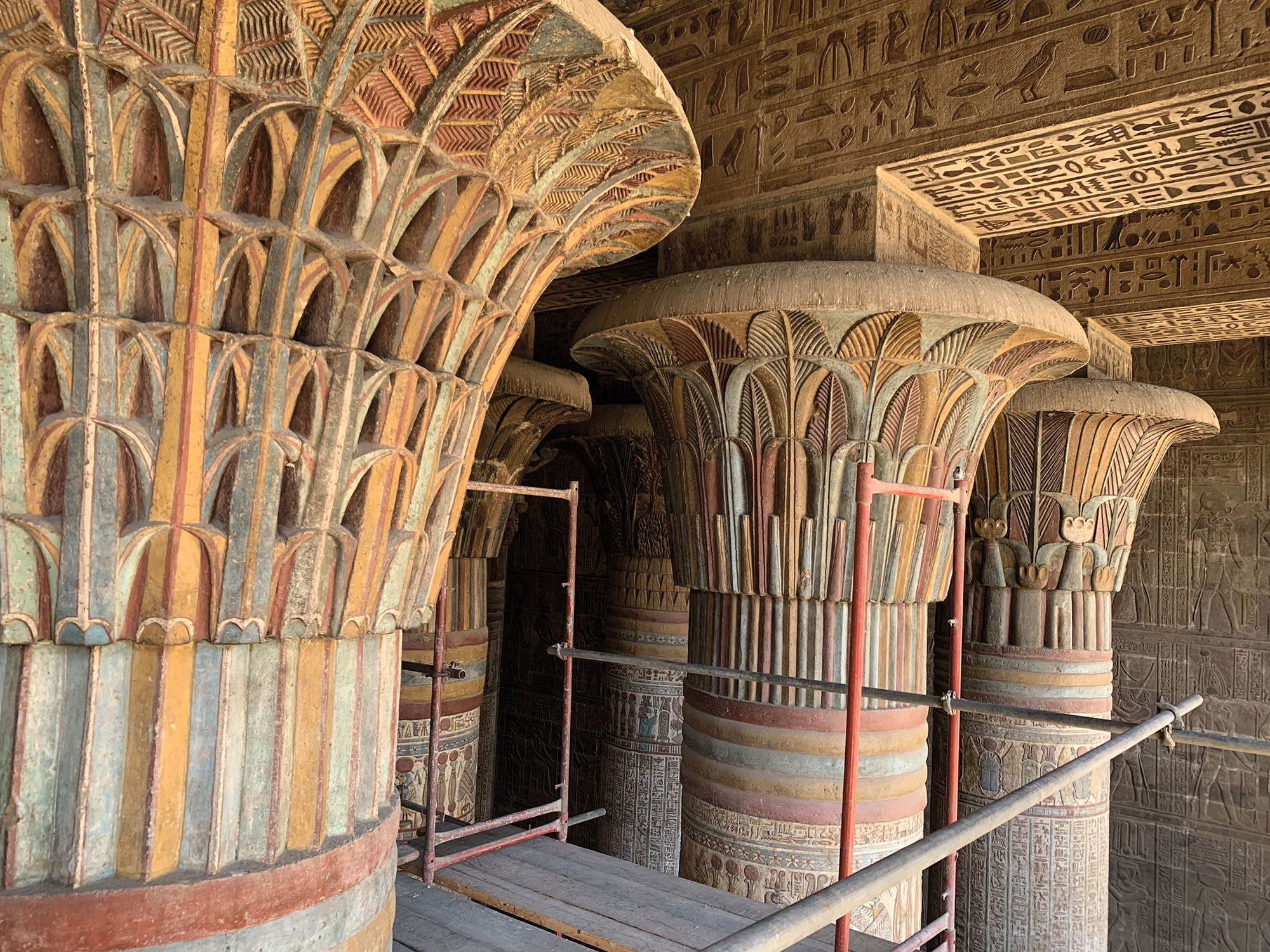 Ahmed Emam/© Egyptian Ministry of Tourism and Antiquities
Ahmed Emam/© Egyptian Ministry of Tourism and Antiquities -
Features
The Shell Seekers
How hunter-gatherers in northern Florida facing an uncertain future revived a powerful symbol of their past
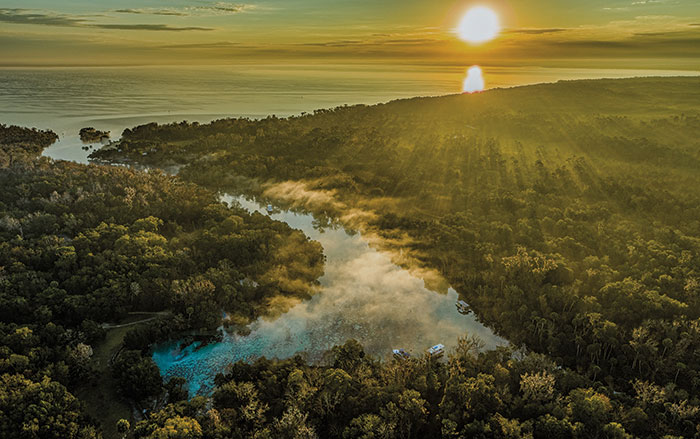 © Majka Media
© Majka Media -
Features
Unearthing an Elusive Empire
Archaeologists have discovered rare evidence of an enlightened medieval dynasty that ruled much of Central Asia
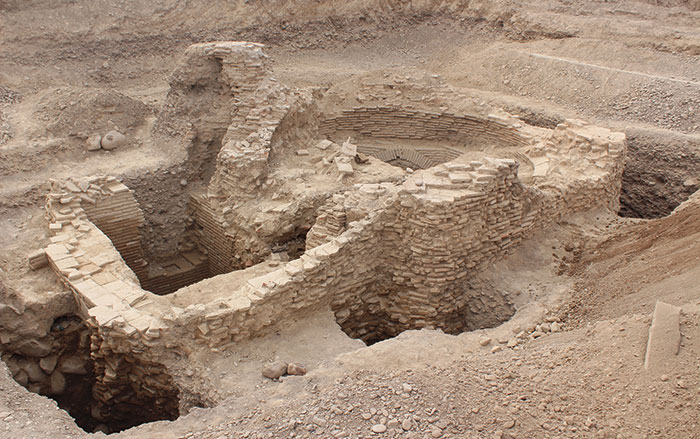 Photo by Kubatbek Tabaldiev and Kunbolot Akmatov
Photo by Kubatbek Tabaldiev and Kunbolot Akmatov -
Features
The Secrets of Porvenir
Remembering the victims of a 1918 massacre that shook a Texas border community
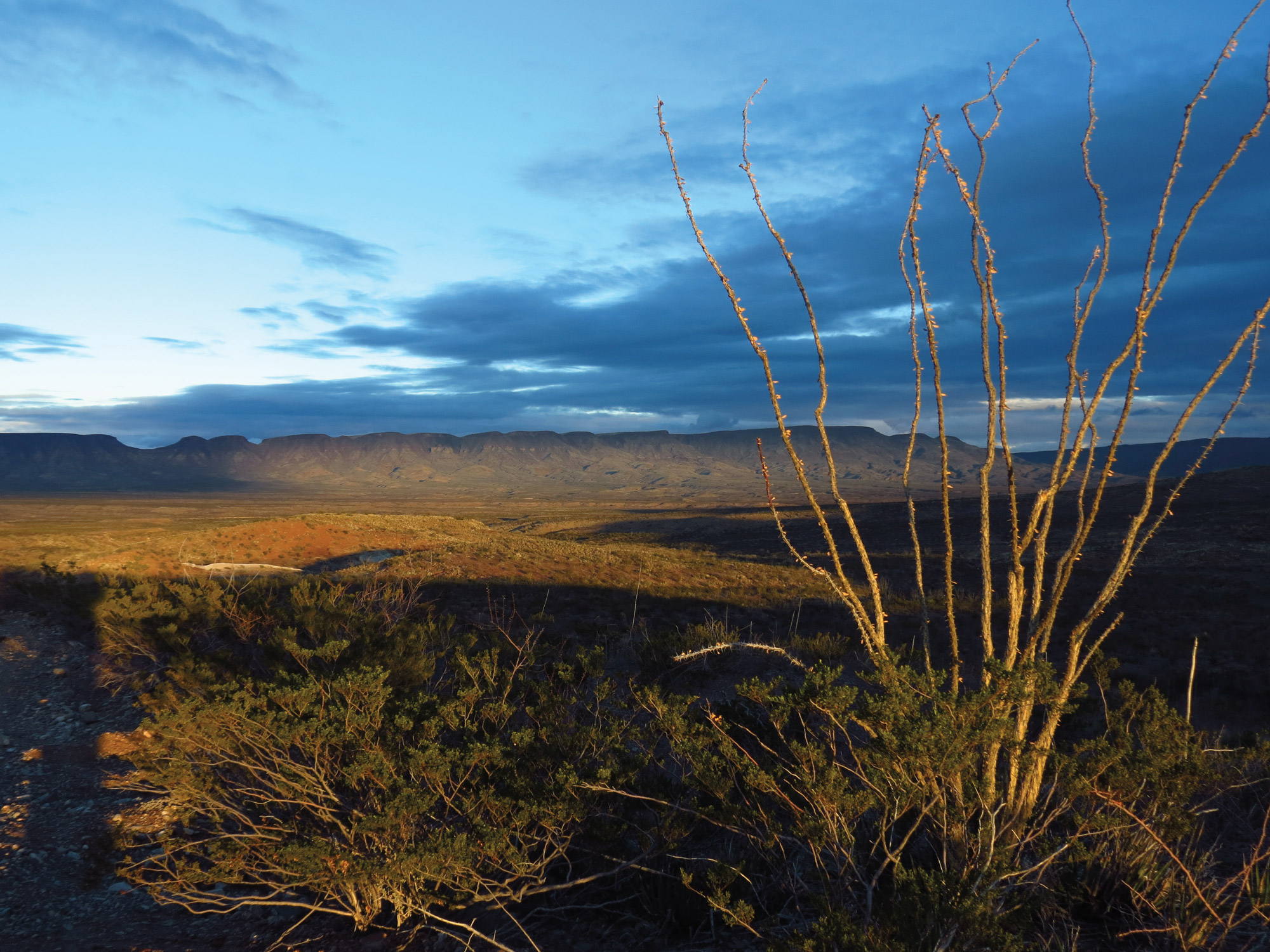 Courtesy David Keller
Courtesy David Keller -
Features
Ahead of Their Time
Excavations reveal the surprising sophistication of Copper Age villagers in southwestern Iran 6,000 years ago
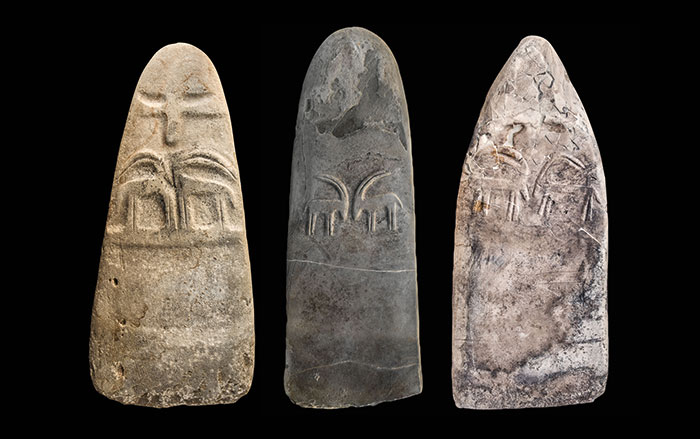 Zohreh Prehistoric Project Archive
Zohreh Prehistoric Project Archive
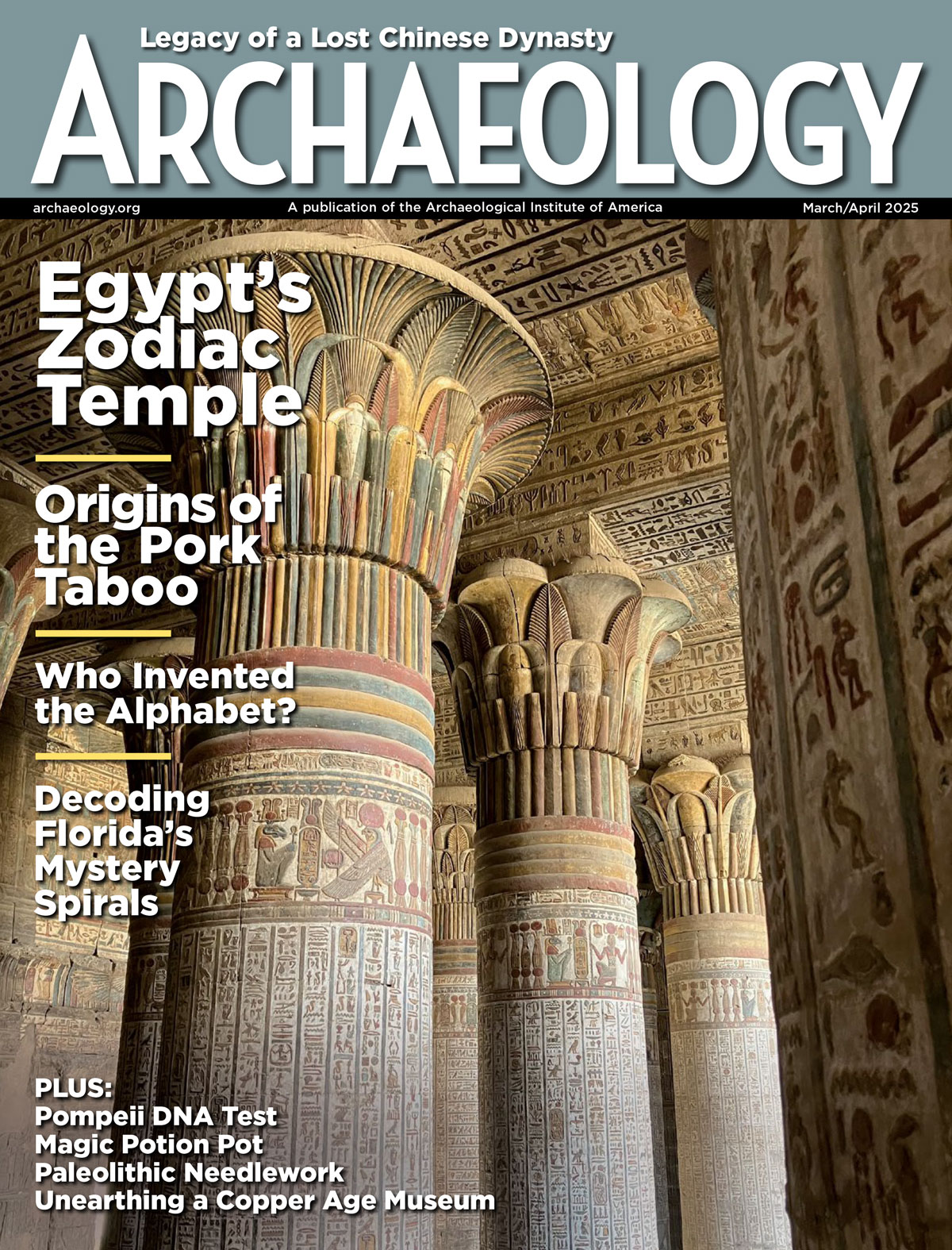
Letter from the Levant
Letter from the Levant
On the Origin of the Pork Taboo
Exploring ancient people’s shifting beliefs about rearing and eating pigs
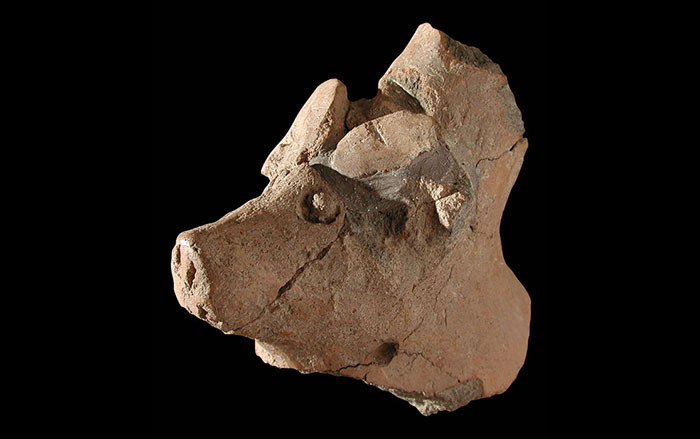
Artifact
Artifacts
Egyptian Bes Cup
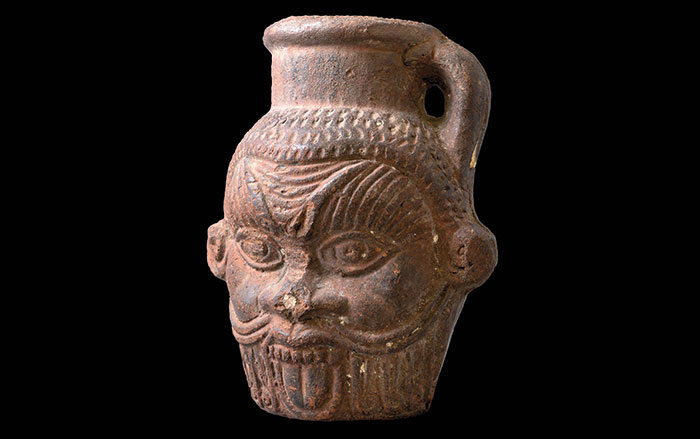
Digs & Discoveries
-
Digs & Discoveries
Primordial Alphabet Soup
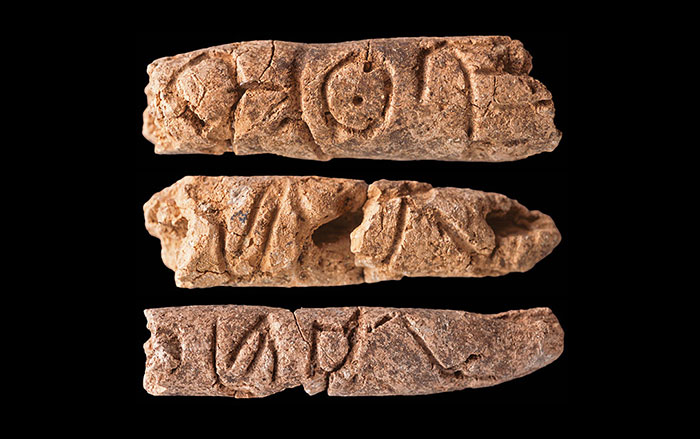 Courtesy Glenn Schwartz
Courtesy Glenn Schwartz -
Digs & Discoveries
Iberian Gender Imbalance
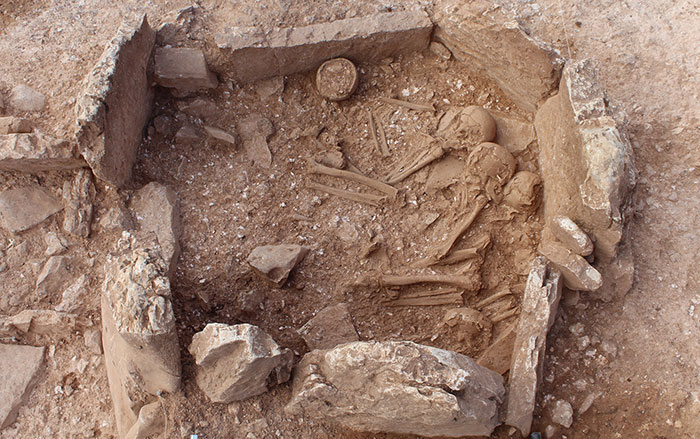 Universidad de Granada/Díaz-Zorita Bonilla, M. et al. Scientific Reports (2024)
Universidad de Granada/Díaz-Zorita Bonilla, M. et al. Scientific Reports (2024) -
Digs & Discoveries
Ice Age Needlework
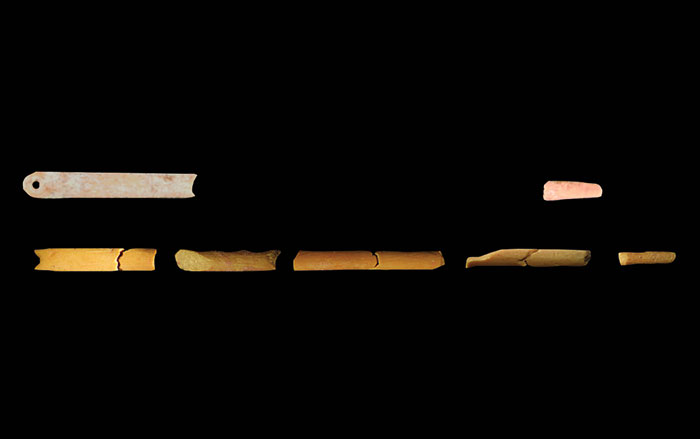 Courtesy Spencer Pelton
Courtesy Spencer Pelton -
Digs & Discoveries
Ancient British Massacre
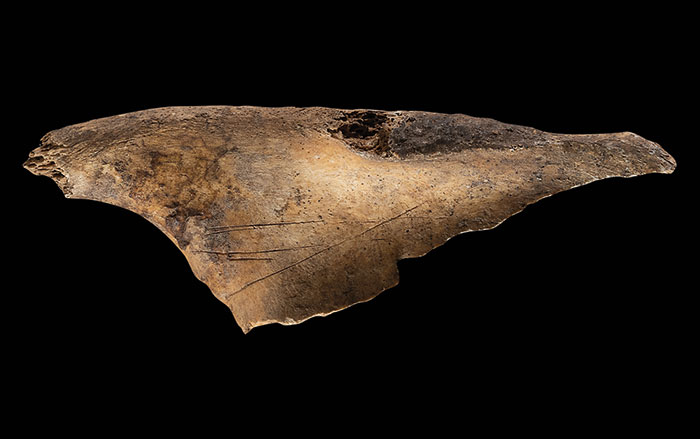 Schulting et al. Antiquity (2024)
Schulting et al. Antiquity (2024) -
Digs & Discoveries
Pompeii Friend Group
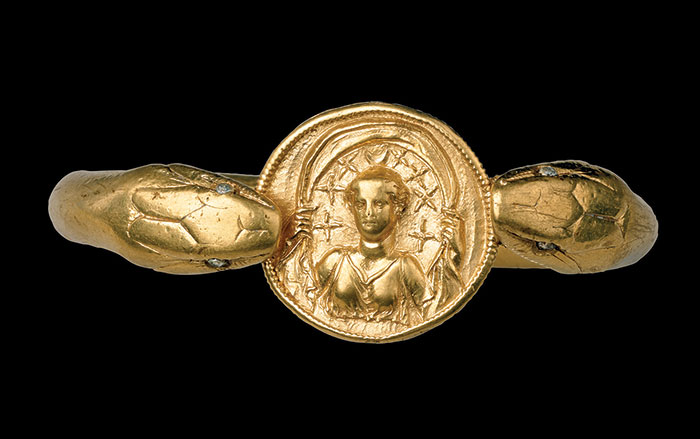 Araldo de Luca
Araldo de Luca -
Digs & Discoveries
Prison or Fortress?
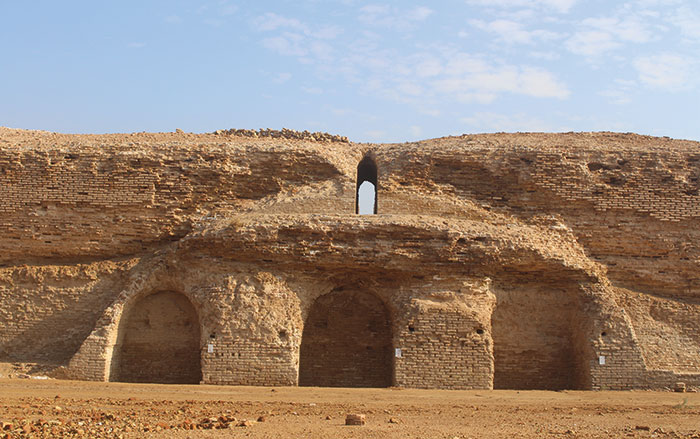 Courtesy Ahmed Abdul Jabbar
Courtesy Ahmed Abdul Jabbar -
Digs & Discoveries
Nabataeans Abroad
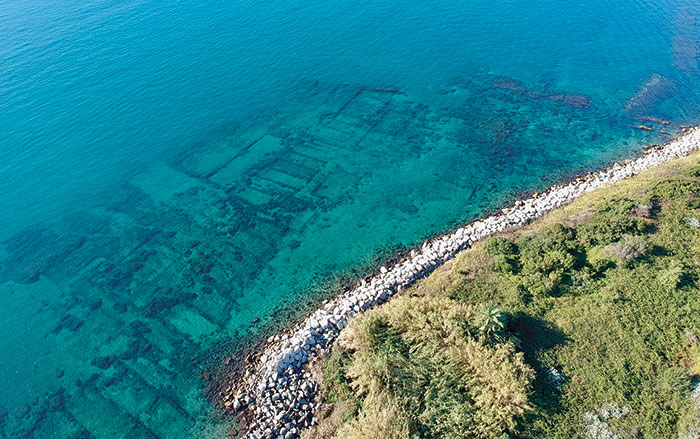 Michele Stefanile
Michele Stefanile -
Digs & Discoveries
Silk Road Mountain Towns
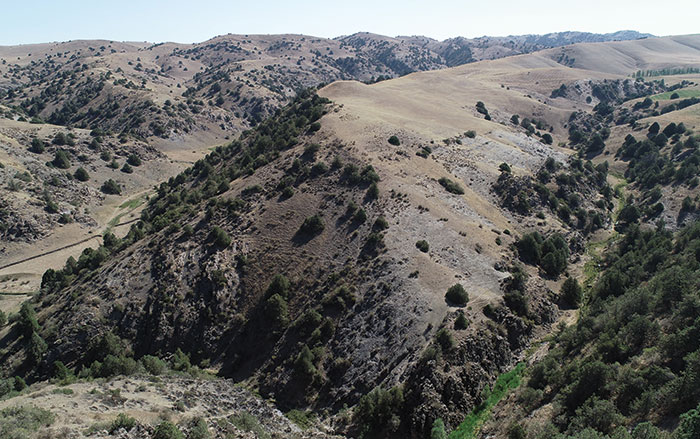 Courtesy Michael Frachetti
Courtesy Michael Frachetti
Off the Grid
Off the Grid March/April 2025
Great Prespa Lake Islands, North Macedonia and Albania
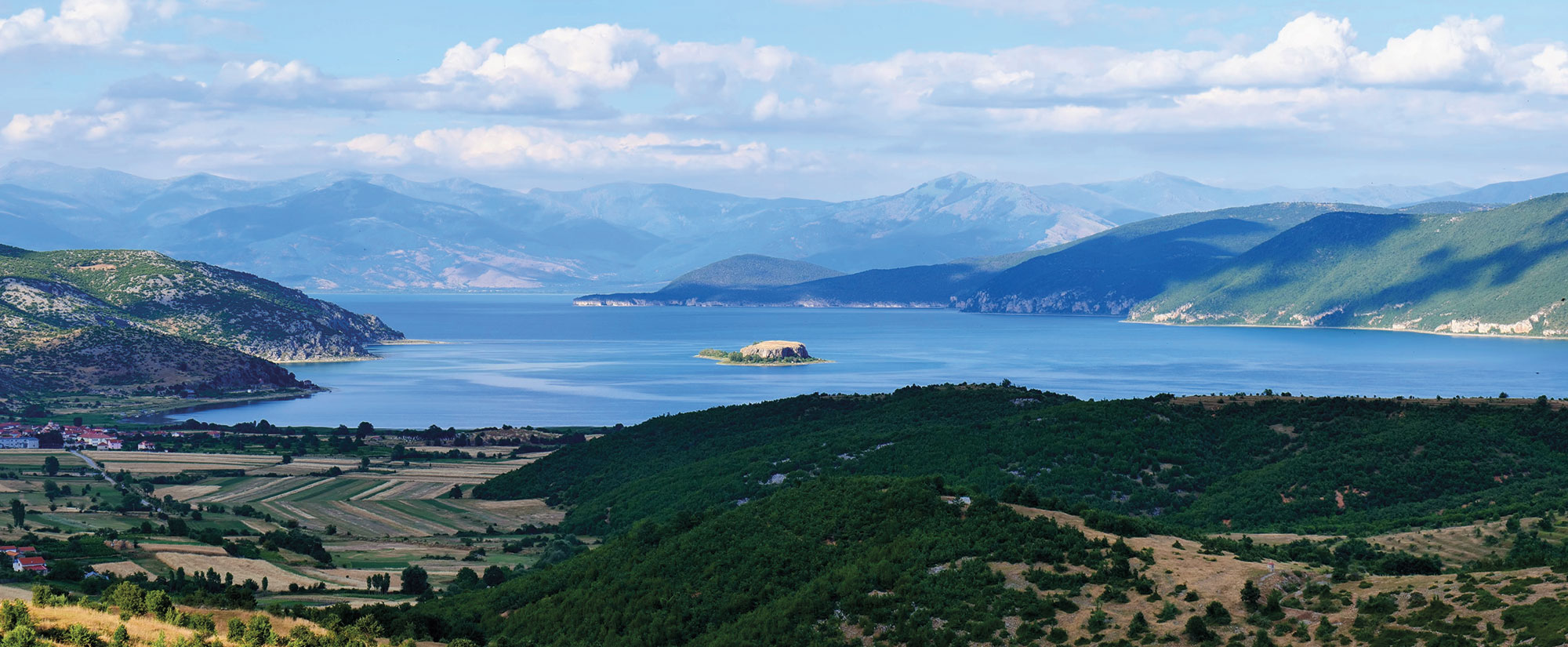
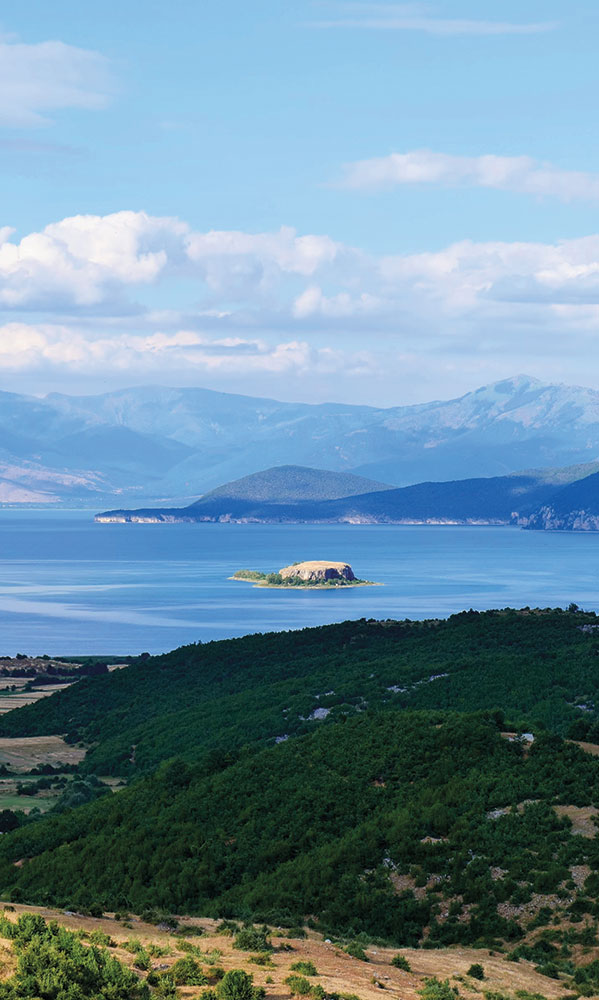
Around the World
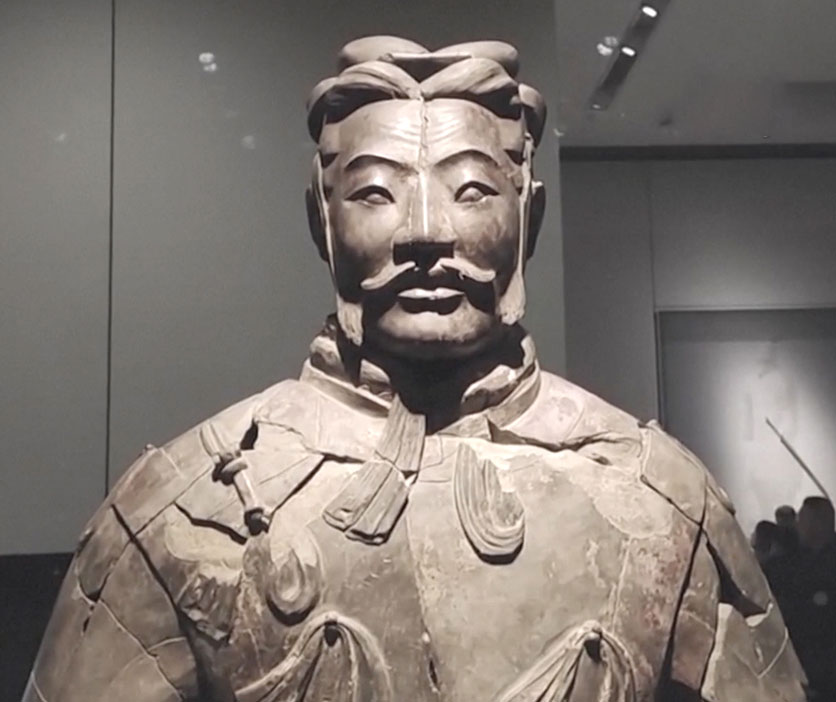
CHINA
A rare high-ranking member of the famed Terracotta Army was unearthed in the mausoleum of China’s first emperor, Qin Shihuangdi (reigned 221–210 b.c.). Qin’s tomb is protected by thousands of life-size clay soldiers—his army for the afterlife. The recently uncovered figure depicts a top military officer, one of only 10 such figures identified among the 2,000 statues that have been excavated, and the first of such rank to be uncovered in 30 years. The officer’s elevated status is recognizable based on his posture, unique headdress, and colorful scale armor.
Related Content
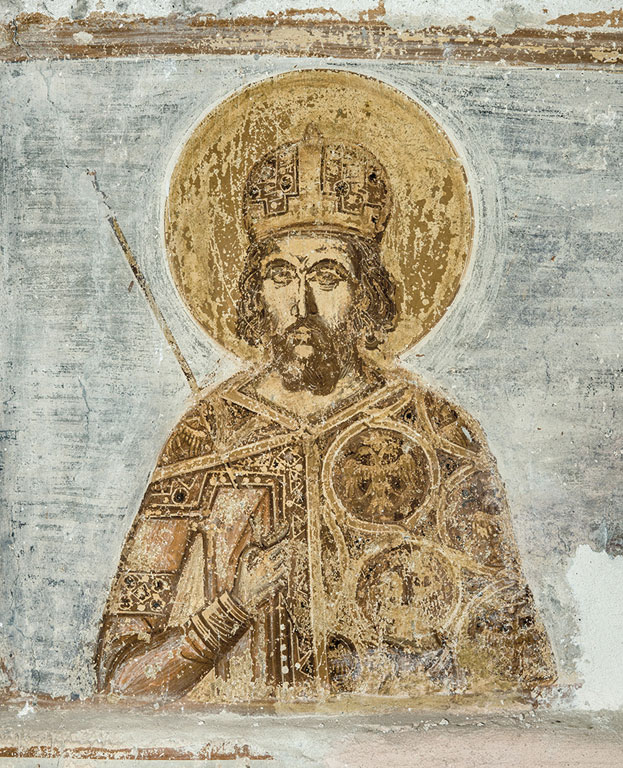
GREECE
During restoration of frescoes in the 15th-century Old Monastery of Taxiarches in Aigialeia, workers uncovered the only known portrait of the final Byzantine emperor, Constantine XI Palaiologos. The emperor wears a purple robe embellished with a double-headed eagle, the insignia of the imperial family. Scholars believe that Constantine personally sat for the artist shortly before he died in the 1453 battle in which Constantinople fell to the Ottomans, ending the Byzantine Empire.
Related Content
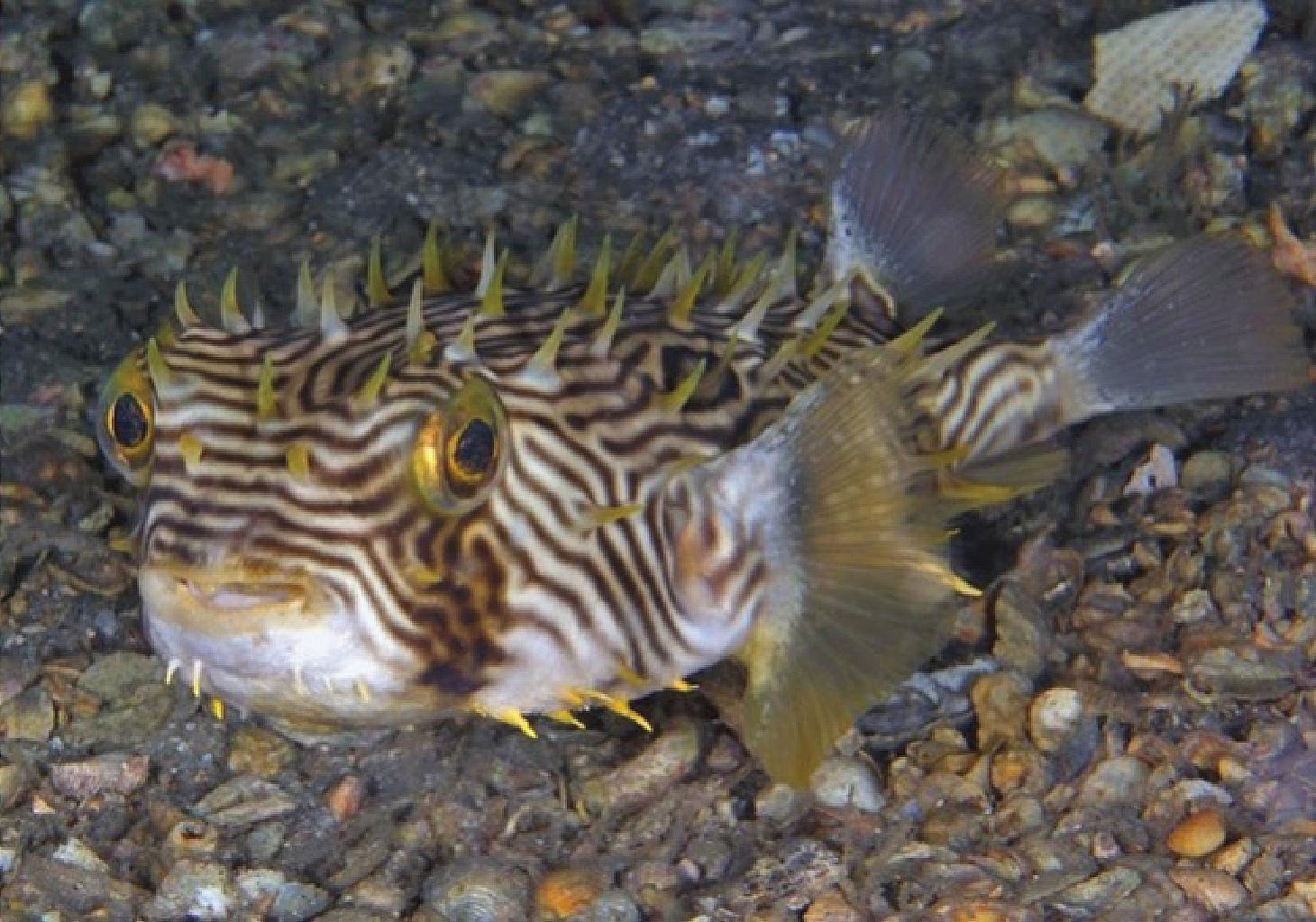
FLORIDA
Burrfishes are rarely eaten because they can be lethal to humans. Curiously, massive amounts of burrfish remains were found at Mound Key, capital of the Indigenous Calusa people prior to the arrival of Europeans in the 16th century. The Calusa were masters at manipulating their marine environment, but archaeologists don’t know why they harvested this deadly species. They speculate that the Calusa may have used burrfish toxins for medicinal or religious purposes or employed the spines as tattooing needles or spear tips.
Related Content
Slideshow: Iran's Forgotten Golden Age
Before the world’s earliest cities were founded in the Near East around 3500 B.C., people in what is now southwestern Iran lived in complex networks of villages during a period known as the Chalcolithic, or Copper Age (ca. 5000–3700 B.C.). Archaeologists in Iran have discovered very few settlements dating to this era. Now, a team has excavated the site of Chega Sofla, a Copper Age village and ceremonial center 10 miles north of the Persian Gulf. Led by Abbas Moghaddam of the Iranian Center for Archaeological Research, the team has unearthed a large cemetery and a temple at Chega Sofla showing that its residents were surprisingly sophisticated for their time. They built tombs and buildings from fired bricks a millennium before such technology was thought to have been developed. And they buried their dead with a dizzying array of artifacts that suggest they were participating in trading networks that stretched across the Near East.
